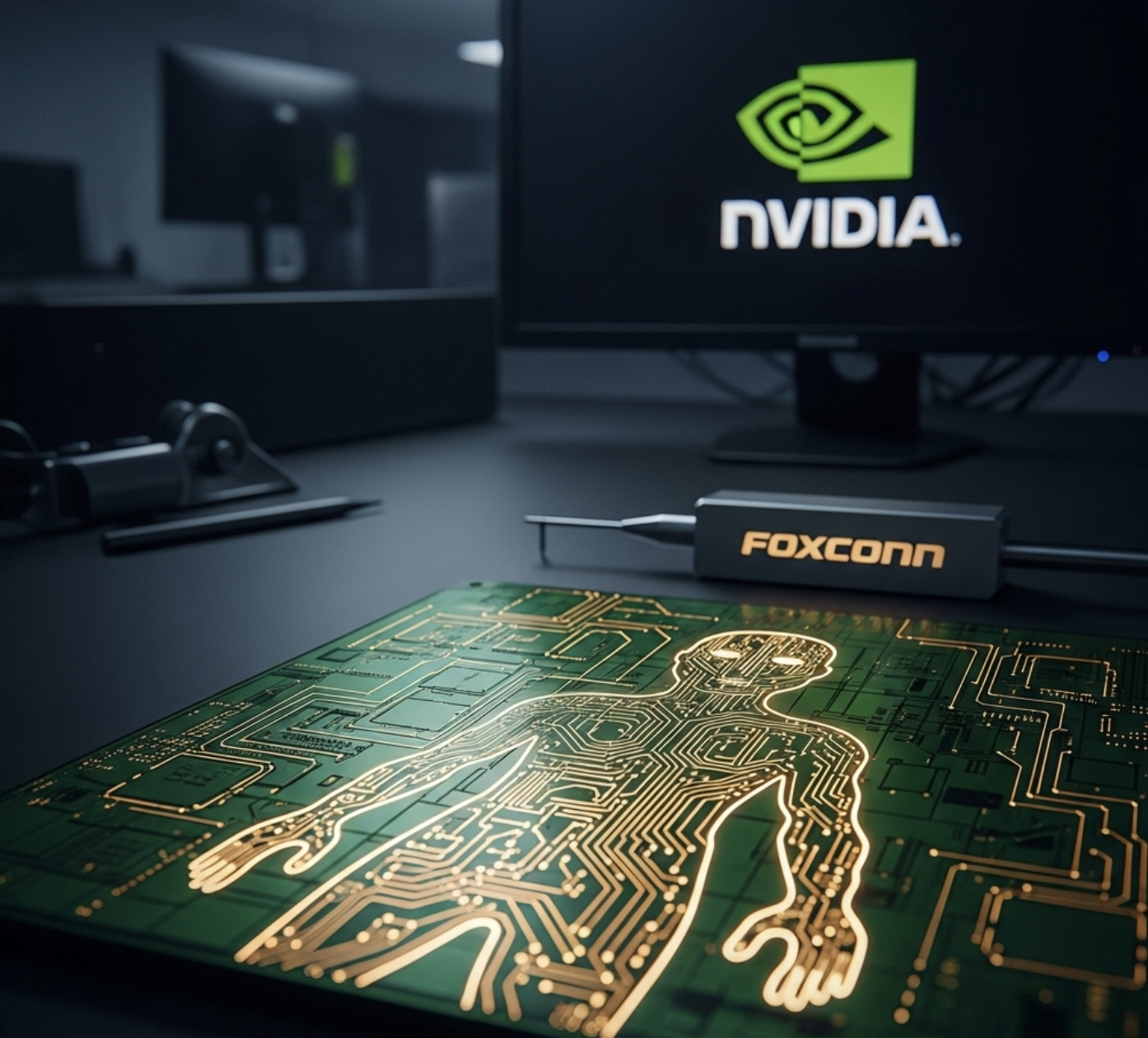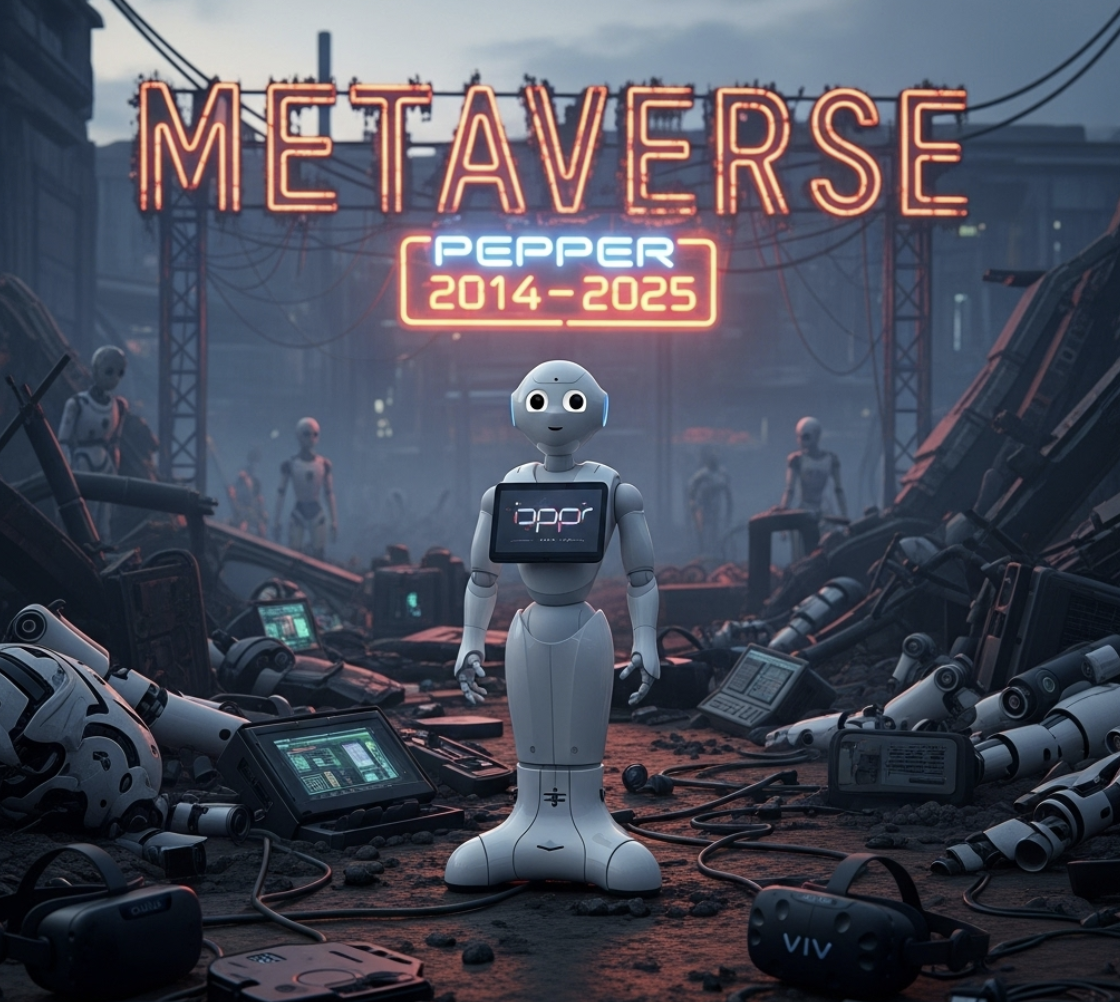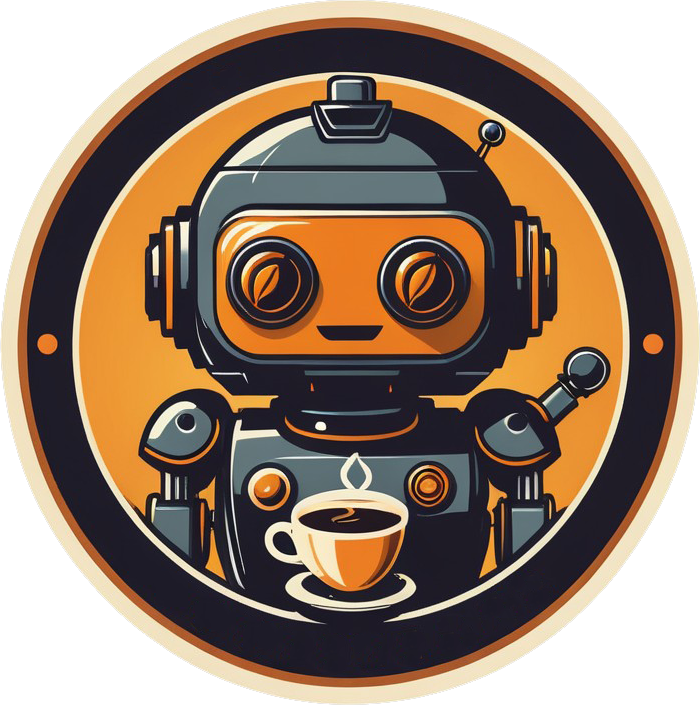
By Peter Kappes
For the past eight years, I’ve been driving market penetration for robotic solutions in construction, an industry notorious for resisting technological change. We achieved tremendous success with adoptions by Fortune 500 companies like Builders FirstSource and global leaders like Bunnings. This hard-won experience has given me a clear perspective on what separates viable automation from hype.
Today, Persona AI stands out as one of the few humanoid robotics companies positioning itself for real-world dominance, alongside established leaders like Boston Dynamics. But since Boston Dynamics’ achievements are well-known, this article focuses on Persona AI, a company whose trajectory hinges on focus, practicality, and leadership.
I’ve also long been a fan of Figure, but recent events have given me pause. When critics questioned claims about their humanoids working in BMW’s factory, the CEO’s response, filing a lawsuit, sends the wrong message, in my opinion. In an industry already facing skepticism over job displacement, leadership must prove skeptics wrong with results, not litigation. Doubt is inevitable, winning requires focus, not distractions. Equally concerning was Figure’s sudden timeline shift to home robotics after 1X’s announcement.
But I remain bullish on Figure’s potential. Brett Adcock would do better to address concerns through podcasts or technical deep dives rather than litigation. The best way to silence critics is through undeniable progress and transparency.
With Boston Dynamics’ capabilities proven and Figure navigating distractions, this analysis focuses on Persona AI, a company whose NASA-hardened pragmatism is already solving critical industrial problems.
The robotics industry is booming, with flashy startups flooding social media with backflips and viral stunts. While some chase hype, Persona AI is building industrial humanoids that solve real-world problems.
Recently, CEO Nic Radford appeared on Fox & Friends to discuss how Persona AI aims to revitalize American shipbuilding through AI and robotics. Drawing from his NASA background, Radford explained how the company’s industrial humanoids, developed by veterans of NASA’s most advanced robotics programs and utilizing licensed NASA technology will help address critical labor shortages and bring shipbuilding capabilities back to the U.S., strengthening both the economy and national security.
While many companies chase speculative home applications (which will come eventually), Persona AI is taking the disciplined path, solving industrial problems first. This approach offers three key advantages:
Proven Market Demand – Manufacturing, construction, and shipbuilding face severe labor shortages with clear automation needs.
Controlled Development Environment – Factories provide structured settings to refine technology.
Immediate Revenue Potential – Industrial customers will pay for working solutions today.
Persona AI has some of the strongest technical leadership in the industry:
Nic Radford (CEO) – 14-year NASA veteran who led Valkyrie (R5) and Robonaut 2; raised $500M+ for robotics ventures, including Nauticus Robotics (NASDAQ: KITT).
Jerry Pratt (CTO) – Former CTO of Figure Humanoid; 20+ years in humanoid locomotion at IHMC (ranked #1 in DARPA Robotics Challenge).
Jide Akinyode (COO/Co-Founder) – Former Nauticus Robotics VP of Engineering (NASDAQ: KITT); Built 50+ engineering teams, developed maritime robotics-as-a-service infrastructure, Scaled industrial robotics processes
This trifecta combines:
✓ NASA’s engineering rigor (Radford)
✓ DARPA-proven locomotion (Pratt)
✓ Scalable industrial execution (Akinyode)
This powerful combination of NASA engineering rigor (Radford), DARPA-proven locomotion (Pratt), and scaled industrial execution (Akinyode) gives Persona AI an unmatched advantage in real-world deployment.
The Flashy Showmen
Some are racing to showcase acrobatic feats, they may find a niche in entertainment, but their path to practical applications remains uncertain. Others promise home robots “this year,” yet their video demos reveal glaring limitations in speed and functionality. Some are commenting on paying households to host prototypes, a risky “fake it till you make it” strategy that burns capital while ignoring ready industrial markets.
The Industrial Problem-Solvers
Persona AI represents the pragmatic alternative, rugged humanoids built for shipyards, construction sites, and factories, where automation delivers immediate value.
Here’s the truth: If Persona AI can conquer the toughest jobs in the world (shipbuilding, construction, heavy manufacturing), then pouring a glass of milk at home will be trivial by comparison.
Through my company Builder’s Film Studio, where our marketing strategies have driven measurable market penetration and robotic solutions adoption by Fortune 500 and Global 500 clients, I’ve learned:
Key Findings from the Field:
Climate Realities – Some facilities operate with only industrial fans (no AC), where temperatures exceed 100°F (38°C).
Durability Demands – Equipment must withstand freezing winters and scorching summers.
ROI Focus – Companies like Builders FirstSource ($22.7B revenue) demand clear productivity gains.
Scalability Needs – Enterprises like Bunnings Warehouse ($18.9B revenue) require systems that work across diverse locations.
Immediate Value – A common request: “Show us something that works in our environment today.”
I’ve also spent significant time documenting Autovol’s automated facility, now the top-producing multifamily homebuilder on the West Coast. Working with their founders, I’ve seen what makes automation succeed in real-world industrial settings.
After visiting numerous facilities across the U.S., I’ve analyzed where humanoids will fit:
Some tasks will remain with industrial robots.
Others will still require humans.
But many will be optimized for humanoids.
Industrial Success Demands:
✓ Reliability in brutal conditions
✓ Immediate productivity gains
✓ Seamless workflow integration
✓ Measurable ROI from day one
Persona AI targets sectors where needs are urgent and ROI is clear:
Shipbuilding ($250B+ market, U.S. vs. China competition)
Construction ($2T U.S. market, severe labor shortages)
Heavy Manufacturing (dangerous, repetitive tasks)
These industries don’t need backflips, they need robots that can weld, lift, and work in brutal conditions, day after day.
Proven Leadership in Tough Tech – Nic Radford’s track record includes successful NASA programs and $250M+ raised.
Focused Market Strategy – Targeting shipbuilding, construction, and heavy manufacturing, where labor shortages are acute and automation ROI is proven.
Real-World Validation Pathway – Faster monetization, clear metrics, and partnership opportunities.
The timing couldn’t be better:
Construction robotics market projected to grow at 16.8% CAGR.
Manufacturing labor shortages at record highs.
Reshoring trends creating demand for automation.
What makes Persona AI special isn’t just the technology, it’s the commercial discipline behind it:
Avoiding the “home helper” first money pit burning through competitors’ cash.
Building for paying customers first in proven markets.
Leveraging NASA-proven architectures rather than starting from scratch.
As Radford told IEEE Spectrum: “The problems making money in robotics today are far less sexy.” That’s exactly why Persona AI’s industrial focus will win where flashier companies may fail.
The age of practical, industrial humanoids is here and with Nic Radford leading Persona AI, America has its best chance to lead this transformative revolution.
Persona AI is hiring. Apply Here



